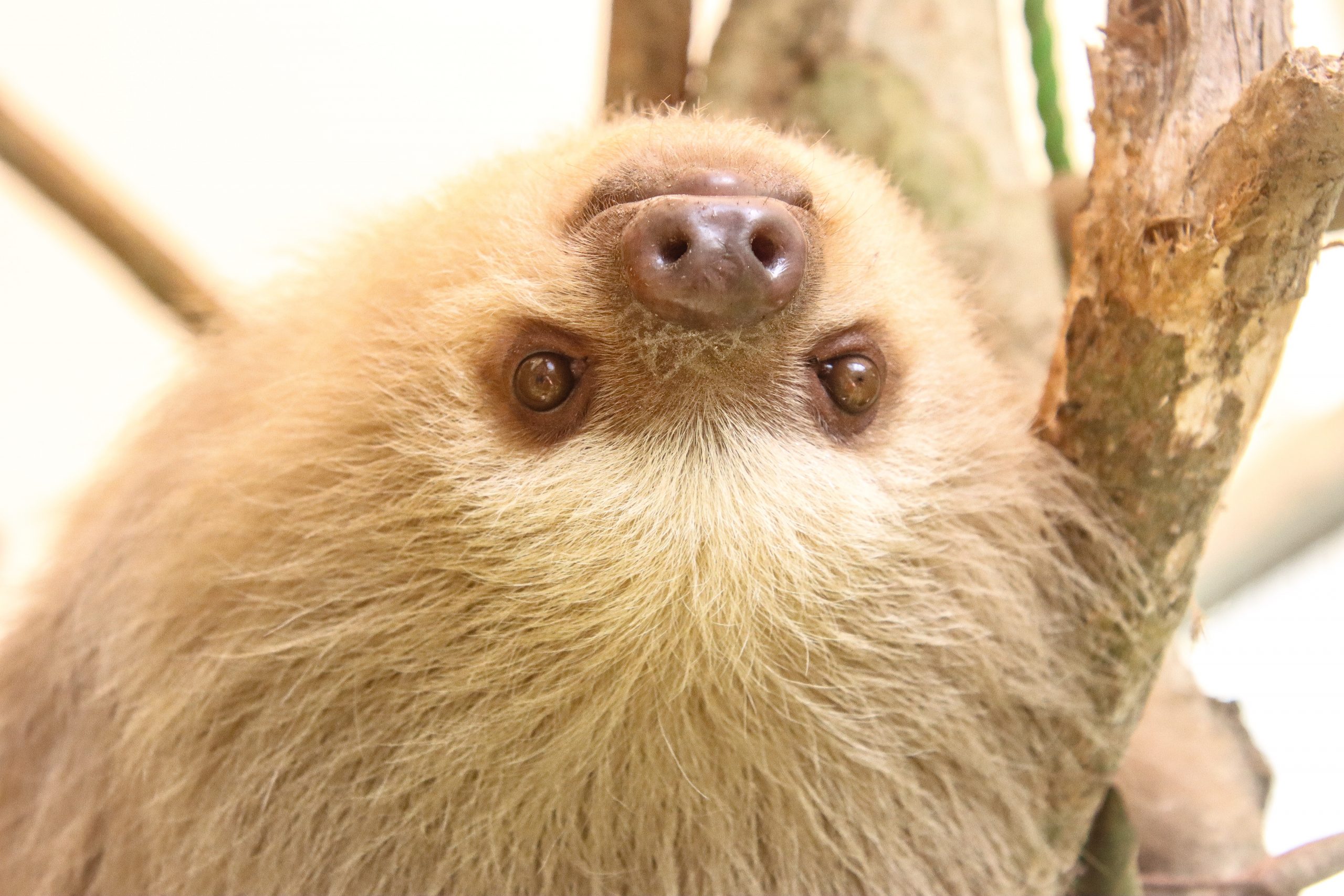Rescate Wildlife Rescue Center
(See the beautiful photos below. Click here for puzzles of the animals.)
Recently, I was contacted by Rescate Wildlife Rescue Center and asked if I could use my photography skills to help Costa Rican animals in need. Rescate is an animal sanctuary and wildlife conservation center that rehabilitates wildlife, breeds endangered species, preserves habitats and provides lifetime care to wildlife when necessary. Rescate is also a nonprofit foundation that uses all of its funding to help the animals that they rescue.
Previously, Rescate was called Zoo Ave, but the name was changed to more accurately reflect the organization’s mission as it is truly a wildlife rescue center, not a zoo.
Since its formation in 1989, Rescate has been located in La Garita, Alajuela, on 34 acres of tropical rainforest. The rescue center rehabilitates orphaned, injured, or confiscated animals and then releases them back into the wild at two release sites located in Nicoya and Golfito. Only 2% of the animals Rescate rescues remain under life-time care at the facility; these are animals that would not survive in the wild due to health or behavioral issues.
Rescate receives over 3,000 animals yearly and releases most of them back into the wild. The center also has successful breeding programs that help protect endangered species from extinction. The lifetime care sanctuary is the only part of Rescate that is open to the public. Only staff are allowed to enter the rehabilitation and breeding facilities so maximum privacy is provided to animals undergoing rehabilitation or in the process of reproduction.
The lifetime care sanctuary houses more than 125 species of animals (over 800 individuals) that have been rescued and cannot be released back to their natural habitat. These animals live within the beautiful botanical gardens of Rescate. The rescued animals all have large enclosures that are naturally designed to offer these animals high-quality lives.
Photos to educate
My first visit to Rescate was in August 2020. The drive takes me about 70 minutes from where I live in the Central Pacific. Upon arrival, I was greeted by two volunteers and a staff member and was put to work right away taking pictures of the animals. I have since visited Rescate two other times. Each time I visit, the staff has a list of animals that they want me to photograph. The pictures I take are used to educate the public about the plight of the rescued animals, as well as important conservation and biodiversity preservation issues.
I already feel like part of the family at Rescate, even though I have only visited three times so far. I have a connection to the people there as well as the animals. I want to detail some of the animals I have had the chance to photograph and fall in love with.
First, there is a jaguar named Guapo. Guapo has a huge enclosure and seeing him is not guaranteed while at Rescate. I have been lucky enough to see him all three times I have visited. Guapo eats about two kilograms of meat per day, and the monthly cost of feeding him is approximately $250. I was asked to participate in environmental enrichment with Guapo, and was able to work with the staff member who prepares the daily meal for him. I also got to witness Guapo eating his meal, which he devoured in about 10 seconds. He is such a powerful, beautiful creature.
Rescate also houses two pumas, named Luna and Dota. The worker who feeds them sometimes wraps each puma’s food in banana leaves. This is done so the pumas have to use their senses to find the hidden food in their enclosure.
During my last visit, I got to see the resident tapir, named Piki, a little bit more closely. He is usually pretty far back in his enclosure, but on this visit he was right next to where I was standing. I got to see his mouth and teeth and monitor his behavior. His behavior seemed very similar to a pig, but he is much larger than a pig!
Babies grow quickly
During my visits to Rescate, I have really enjoyed watching the baby animals grow. Since I am only there about every two weeks, some of the small babies get significantly bigger between visits. One of the babies I have enjoyed seeing grow a little bit bigger is a baby sloth named Frai Choco. He is so cute! Other babies I have been watching grow up include a pair of squirrel monkeys, a trio of howler monkeys and a pair of capuchin monkeys named Bugsy and Diego.
Another fun experience I had at Rescate was visiting a group of parrots. As I walked into the building to take a picture of a yellow-naped Amazon parrot, I heard a voice say “hola, hola.” I knew a person was not saying this and soon realized it was one of the parrots.
So far, my work at Rescate has been at the main facility in Alajuela, but I look forward to visiting the release sites in Golfito and Nicoya in the future as well.
Vital efforts
It is crucial that Rescate Wildlife Rescue Center continues to save Costa Rica’s wildlife. For the past 30 years, its vital work has been funded through visitor entry fees. But now the center is really struggling financially because it was forced to remain closed to the public for several months during the COVID-19 quarantine. Additionally, due to the lack of tourism in Costa Rica because of the pandemic, Rescate is only generating roughly 10% of the income required for animal care.
You can help by donating through the Rescate website or by making a donation to its Gofundme campaign. Rescate is also in need of volunteers, and the website provides a contact link to learn more.
Another way you can help if you live in Costa Rica or here visiting. Simply take a trip to Rescate’s lifetime care sanctuary in La Garita. It is a wonderful way to see many animals that are difficult to see in the wild. Your entry fee to the sanctuary and any money spent in the facility goes directly to help the animals.






